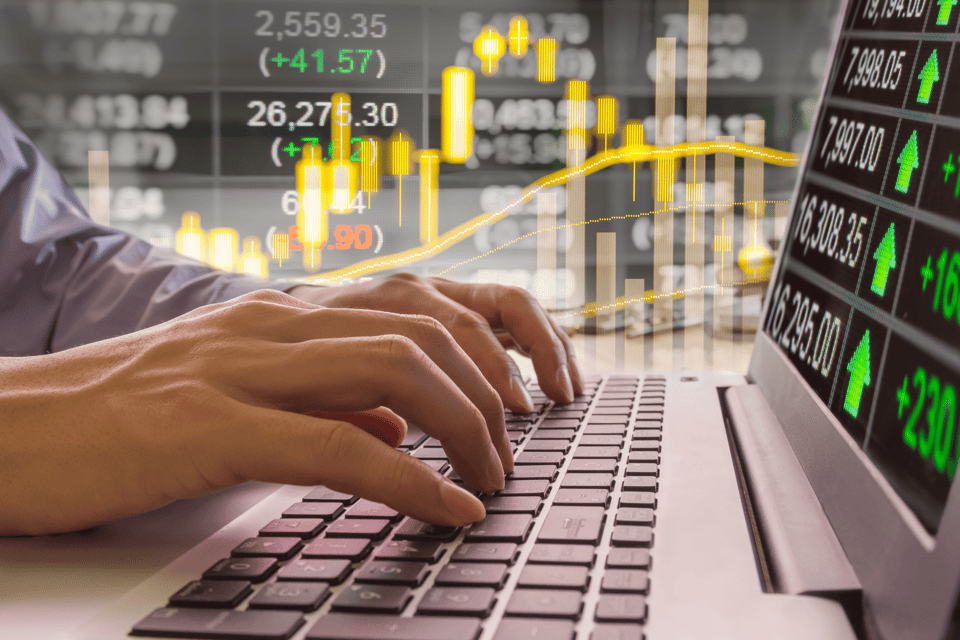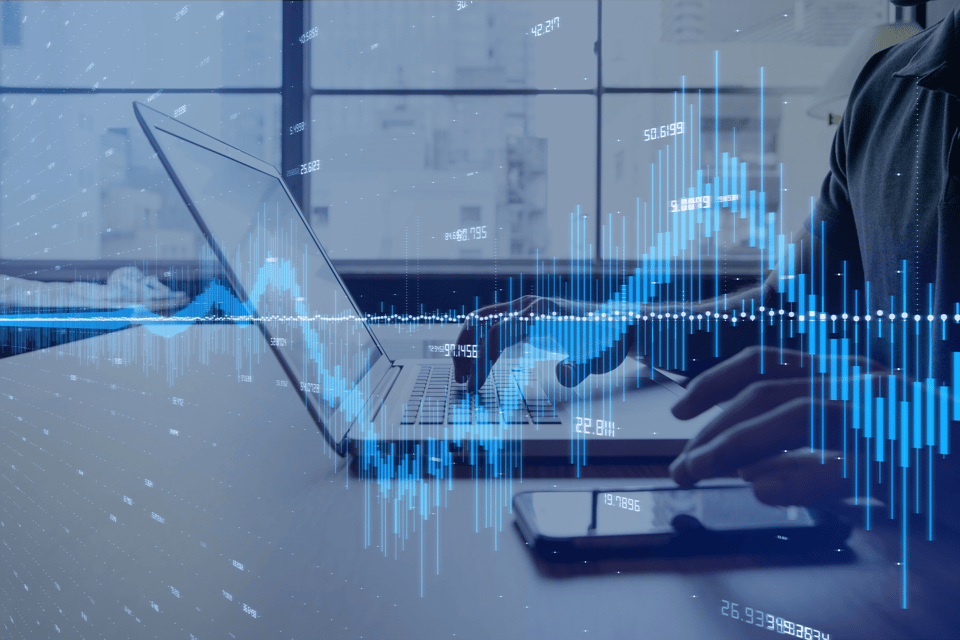For most professions, on-the-job training (OJT) is a key part of the developmental process. Although this is certainly true for futures day traders, OJT can be expensive. Whether paying to attend seminars or losing money via trial and error, expanding your knowledge base in the live market is typically capital-intensive.
However, there are ways of learning how to day trade that may be feasible for you. Here are three steps designed to help your transition from aspiring day trader to market professional without spending a lot of money.
Step 1: Expand Your Knowledge Base
Before ever executing a trade, it’s important to build a solid, market-oriented, conceptual foundation. By doing this, you will gain a basic understanding of the essential facets of futures trading:
- Contract specifications
- Leverage
- Order flow and liquidity
- Order types and order placement
- Hardware, internet connectivity, and software platform requirements
So how can you become enlightened about these topics? Fortunately, everything you need to learn about how to day trade is available online. Expert webinars, trading guides, and blogs are great places to begin. If you’re having trouble getting started, a licensed futures broker can point you in the right direction.
Step 2: Build a Plan
After you’ve gained a working understanding of the basics, it’s time to build a plan. A comprehensive trading plan boosts your chances of success exponentially. Without a plan, making money consistently is largely a function of luck.
Building a robust, viable plan is easier said than done. But for anyone who wants to learn how to day trade competently, it’s a necessary task. Although there are no rules outlining how to build a trading plan, here are a few initial questions that need to be answered:
- What is my futures trading objective? How much money do I want or need to make?
- What are my available resources? Do I have adequate time and capital to trade?
- What type of personality do I have? Am I risk-friendly, risk-averse, patient, or anxious?
Remember, the ultimate function of a trading plan is to align your resources to your aptitude and goals. In doing so, an ideal strategy governing trade selection, position management, risk versus reward, and psychology will come into view.
The beauty of futures trading is that there is no single “right way” to trade―your plan can be anything you want it to be. As long as it promotes consistent behavior within the marketplace, it has a chance of being profitable.
Step 3: Begin Trading
The final step in learning how to day trade is to actually begin trading. There’s no teacher like the live market, and once you learn the basics and have a strategy, it’s time to trade.
For many professional day traders, the beginning of their careers brought significant capital losses. And, in truth, losing is unavoidable. However, it doesn’t have to be debilitating. These tips can help to mitigate your financial losses as you gain competency:
- Use a simulator: Working on a trading simulator is the best way to interact with the live market risk-free. Practice placing orders, managing positions, and become accustomed to the market in real time via a simulator.
- Start small: Early on, it’s important to preserve capital at all costs. The best way to do this is to limit your applied leverage. Trading small position sizes or the E-micro, Micro E-minis, are great ways to reduce exposure during the learning process.
- Keep a journal: Those who ignore history are doomed to repeat it. For active traders, keeping a journal of executed trades, mindset, and key market events is an important part of development. You can use a detailed journal to help yourself avoid mistakes and improve upon successes.
By using a simulator, starting small, and journaling, you can learn how to day trade at a relatively minimal cost. If you follow these steps, you will gain the most valuable asset of all for an active trader: affordable experience.



